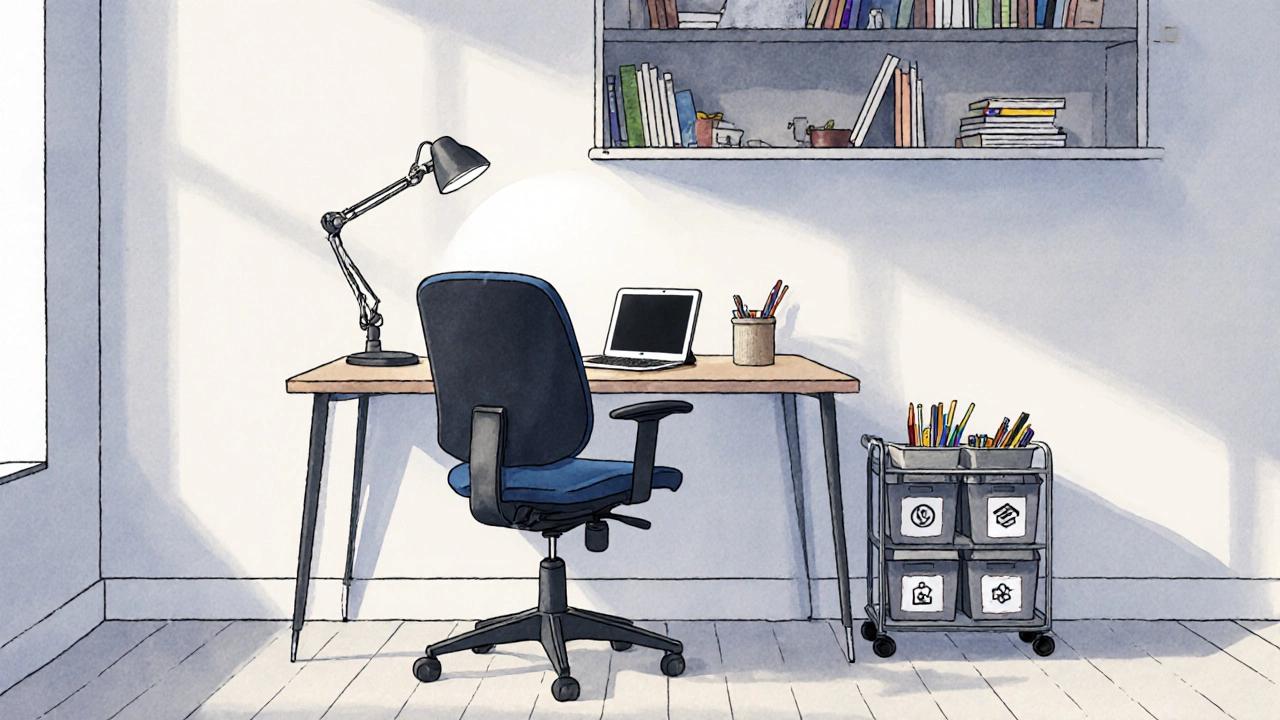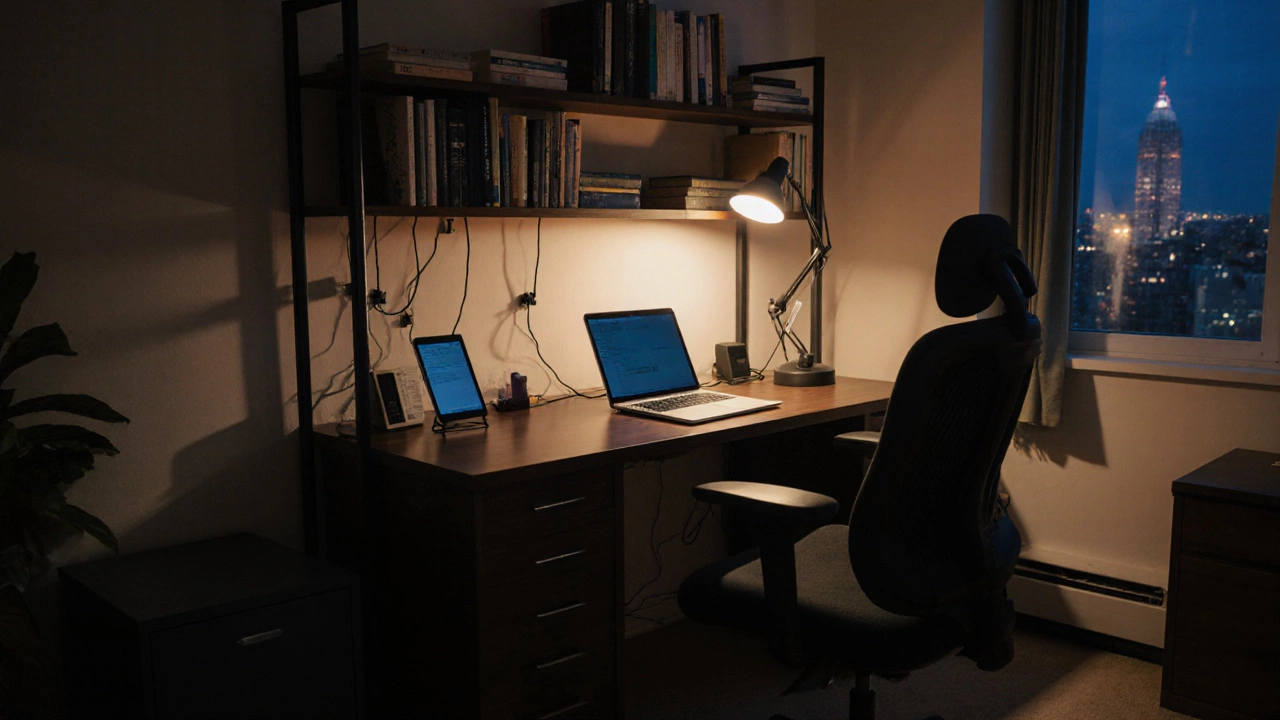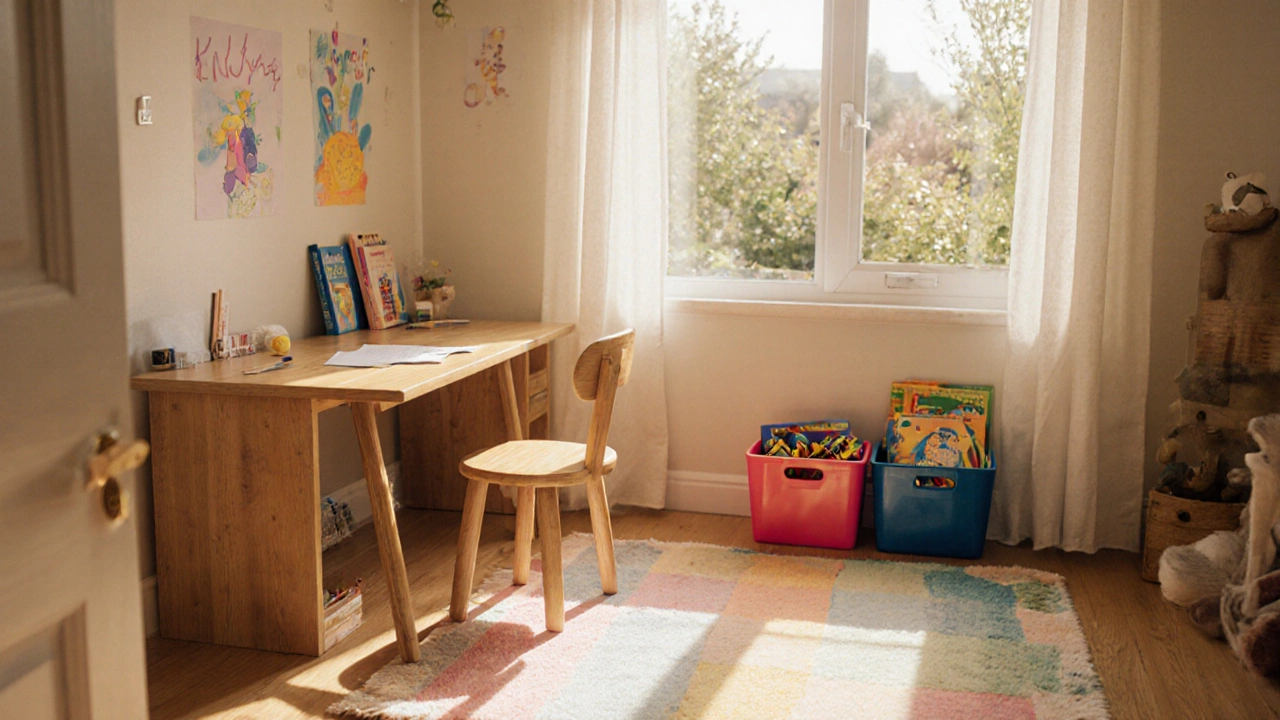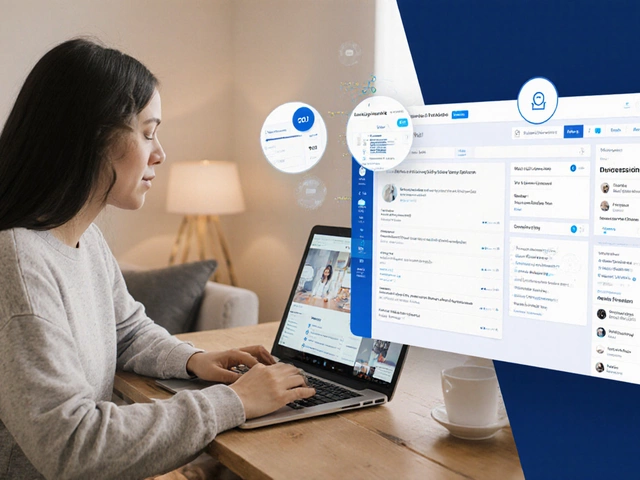Learning Station Setup Calculator
Recommended Learning Station Setup
When you want a focused area for study, learning station is a dedicated space that blends furniture, lighting, storage and a few fun touches to keep kids (or adults) motivated. Whether you’re tackling homework, learning a new language, or just need a quiet spot for a Zoom class, a well‑planned station can boost concentration and cut down on clutter.
Why a Learning Station Matters
Think of a learning station as a personal “productivity hub.” It tells the brain, “It’s time to focus.” Research from the University of Colorado showed that students who study in a consistent environment improve recall by up to 15% compared to those who hop between sofas and kitchen tables. The key isn’t fancy tech - it’s a tidy, ergonomic setup that signals work mode.
Planning Your Space
Before you rush out to buy a desk, map out the room. Ask yourself:
- How much floor space is available?
- Is natural light nearby?
- Do you need a quiet corner away from TV noise?
- Will the station grow with the learner?
Sketch a simple floor plan on paper or use a free app like SketchUp. Aim for a footprint of about 4‑5ft² for younger kids and 6‑8ft² for teens or adults. Leave at least 3ft of clearance around the desk for easy movement.
Choosing the Right Desk and Chair
These two pieces are the backbone of any learning station.
Desk should be sturdy, with a smooth surface and enough room for books, a laptop or tablet, and a writing pad. A height of 28‑30in works well for most school‑age children, while taller learners may need a 30‑32in model.
Chair must support good posture. Look for an adjustable seat height (9‑12in) and a lumbar curve. A chair with wheels is handy for older kids who need to move around, but a simple static chair suffices for younger children.
Tip: If space is tight, consider a wall‑mounted fold‑down desk. It folds up when not in use and keeps the floor clear.
Lighting - Bright Enough, Not Harsh
Good lighting reduces eye strain and keeps energy up. Natural daylight is ideal, so place the desk near a window if possible. If natural light is limited, add a Lighting solution that provides 500‑600 lux on the work surface. A desk lamp with an adjustable arm and a 4000K color temperature mimics daylight without glare.
Position the lamp on the opposite side of the dominant hand to avoid shadows on the page. For evening study sessions, a soft, dimmable light helps wind down without jolting the eyes.

Smart Storage and Supplies
Clutter is the enemy of focus. Use modular Storage units that can grow with the learner. Open bins for toys, a rolling cart for stationery, and a low bookshelf for textbooks work well together.
Label each container - colors for subjects, icons for ages - so the kid can later put things back on their own. Keep everyday supplies (pencils, erasers, highlighters) within arm’s reach, and store less‑used items on higher shelves.
Adding Technology Thoughtfully
Most learning today involves a screen. A Tablet or a small laptop can run educational apps, video lessons, and research tools. Choose a device with a 10‑12in screen, a protective case, and parental‑control features.
Mount the tablet on a swivel arm to keep the screen at eye level and free up desk space. Pair it with a pair of over‑ear headphones for focused listening and to prevent sound from echoing through the house.
Safety and Maintenance
Safety guidelines are often overlooked but crucial. Secure heavy furniture to the wall using brackets - a sudden pull on a desk can tip it over. Keep cords organized with zip ties or a cord cover to avoid tripping.
Make a habit of a quick end‑of‑day tidy: place books back on shelves, wipe the desk surface, and store art supplies safely. This routine reinforces responsibility and keeps the station ready for the next session.
Quick Checklist - What You Need
| Item | Key Feature | Typical Cost (USD) |
|---|---|---|
| Desk | 28‑32in height, sturdy surface | $80‑$200 |
| Chair | Adjustable seat, lumbar support | $50‑$120 |
| Lighting | 4000K, dimmable, 500‑600lux | $30‑$70 |
| Storage | Modular bins, rolling cart | $40‑$150 |
| Supplies | Pencils, erasers, highlighters, notebooks | $20‑$40 |
| Tablet | 10‑12in, protective case | $150‑$300 |
| Safety Guidelines | Wall brackets, cord management | Free (DIY) |
| Optional: Educational Toys | STEM kits, puzzles | $30‑$100 |
Key Takeaways
- Define a clear, dedicated spot to signal study mode.
- Choose ergonomic desk and chair that grow with the learner.
- Use plenty of natural or daylight‑balanced lighting.
- Organize supplies in labeled, modular storage.
- Add a tablet on a swivel arm and keep cords tidy.
- Secure furniture and set a daily tidy‑up routine.

Frequently Asked Questions
What size desk is best for a preschooler?
A desk that’s 20‑22in wide and 28in high works well. It should have rounded edges and enough surface for a few crayons, a book, and a small tray.
How can I keep the learning station from getting messy?
Use labeled bins for each subject, and do a 5‑minute “reset” after each study session. The habit of returning items to their spot reduces clutter dramatically.
Do I really need a separate chair for my teen?
Yes, because teens sit longer and need better lumbar support. An adjustable ergonomic chair helps prevent back pain and improves focus.
What lighting level is ideal for reading?
Aim for 500‑600 lux on the reading surface. A desk lamp with a flexible arm and a neutral white (4000‑4500K) bulb provides clear illumination without harsh glare.
Can I set up a learning station in a small bedroom?
Absolutely. Use a wall‑mounted fold‑down desk and a compact chair. Keep storage vertical - wall shelves or a tall bin - to save floor space.




